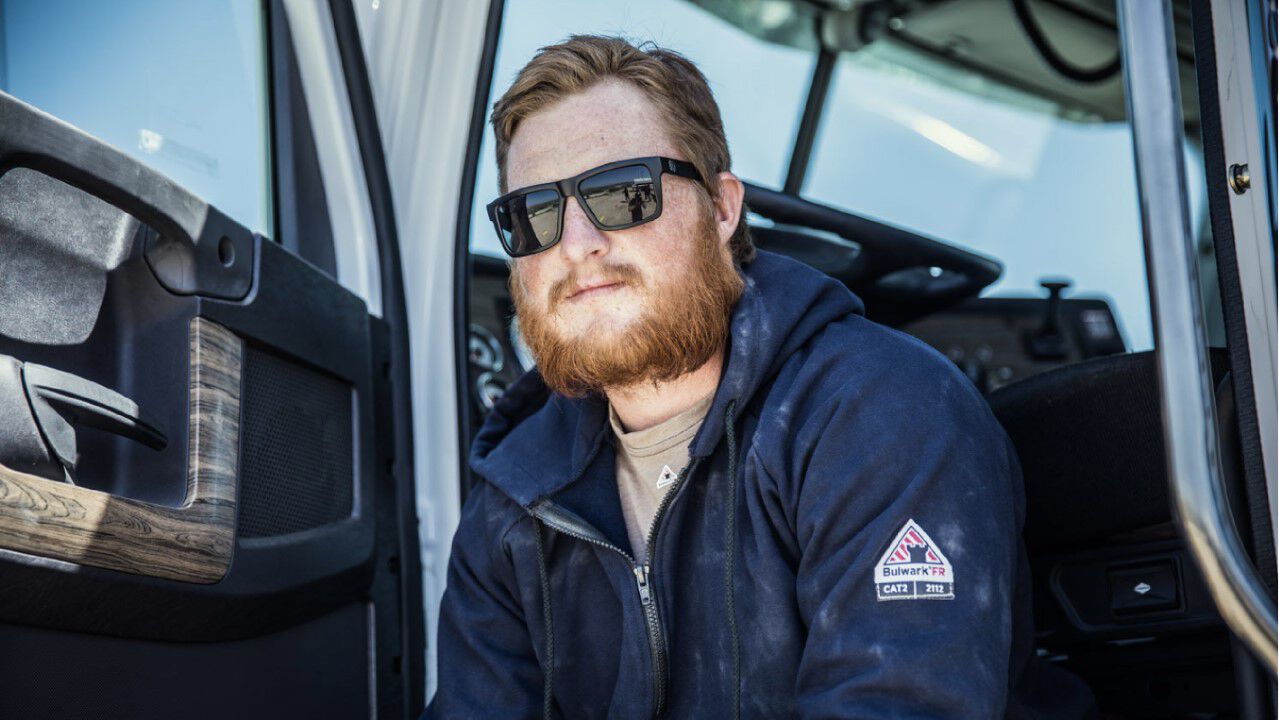Choosing FR/AR Garments to Keep Workers Warm

Key takeaways from this article:
• FR/AR garments protect workers from flash fire and arc flash injuries.
• They aid in minimizing the risk of heat and cold stress when chosen and used correctly.
• Garments should meet ASTM F1506, F1891, NFPA® 2112, and ASTM F2733 standards.
• Layering offers heat retention and flexibility, with a moisture-wicking base layer, a moisture-absorbing middle layer, and a water-resistant outer layer.
• Extremities should be covered with hats, proper footwear, and, when feasible, chemical warmers.
• Additional garments worn over FR/AR outfits must also meet hazard tests.
• FR/AR base layers help in moisture management and add to the protection.
Employers and safety managers have long looked to flame-resistant (FR) and arc-rated (AR) garments to help protect workers from injury due to flash fire and arc flash. Because these garments are designed using specially engineered, self-extinguishing fabrics and are certified to rigorous testing standards, they can help prevent or lessen the severity of injury.
Utilizing FR/AR garments as part of a comprehensive PPE (personal protective equipment) program is one of the ways employers can meet their obligation to “provide workers with employment and a place of employment that are free from recognized hazards.”1
Questions arise, however, when outside temperatures rise - or plummet. Is it possible to maximize protection while at the same time minimizing the risk of heat stress and cold stress? The answer is yes, but finding the right solution requires an understanding of several interrelated factors, one of them being choosing FR/AR garments to keep workers warm.
1. Choose garments rated to the hazard. Look to ASTM F1506 and F1891 for arc flash and NFPA® 2112 and ASTM F2733 for flash fire requirements.
2. Next, layer up for maximum heat retention. At a minimum, this includes:
a. A moisture-wicking base layer to pull perspiration and dampness away from the skin
b. A moisture-absorbing middle layer that traps sweat and insulates even when wet
c. A water-resistant, wind-blocking outer layer that protects workers against the elements and traps warm air inside
Utilizing layering offer workers more control over their comfort both in hot and cold environments. Since layers may be donned and doffed throughout the workday to maintain warmth, as well as to release excess heat, it’s vital that every garment in your system be fully rated to the hazard and have the necessary FR properties.
3. Always cover extremities:
a. Wear hats, balaclavas, shrouds, neck shades, and gaiters to prevent body heat from escaping from the head, face, and neck.
b. Choose proper footwear for the conditions.
c. When feasible, chemical hand and foot warmers can provide extra, targeted heat.
4. Finally, be sure that anything worn over your FR/AR garments is tested to the hazard as well, or your whole system could be compromised. For example, look for rainwear and high-visibility vests* tested to ASTM F1891 for arc-flash and ASTM F2733 for flash-fire.
*Technically vests are not considered a garment, so they only need to have an arc rating to show they’ve been tested to the hazard.
A word on FR/AR base layers
Moisture-wicking FR/AR base layers not only provide additional protection against thermal energy, but also allow for greater moisture management by moving sweat away from the skin and into the mid and outer clothing layers.
While industry standards for both arc flash and flash fire do allow for all-natural, non-meltable base layers, if these garments are flammable, the arc rating of the outermost FR/AR layer must be sufficient to prevent break open. If the outer layer is not equal to or greater than the hazard, then all base layers must also be arc rated.
In addition to choosing garments that can help keep workers warm, building the right combination for your workers requires an understanding of:
• How our bodies respond to hot and cold weather conditions
• How various fibers and fabrics can help keep workers cool
• Effective jobsite engineering controls
With these tools in hand, workers should be able to manage their body temperatures throughout the day and take action as needed to maintain their health and safety.
1 Occupational Safety and Health Act, Section 5(a)(1), 1970.